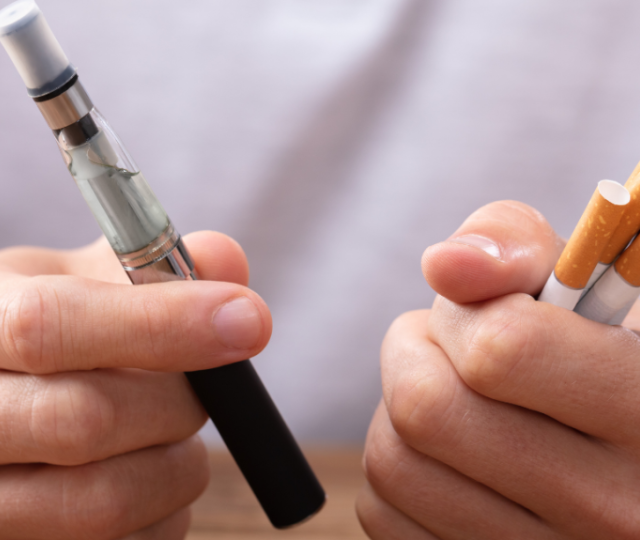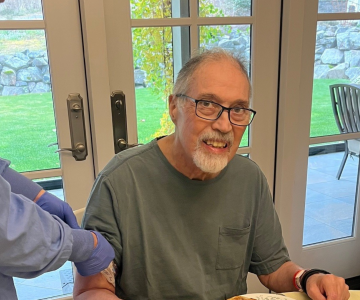Important facts & stats
- Tobacco use is the leading contributor to chronic diseases in B.C.
- Over 6,000 people die per year in our province due to tobacco smoking
- More people in our region smoke (17 per cent) than the average of B.C. (13 percent)
- Almost 40 per cent of nicotine users attempted to quit this past year
- People who receive help to quit have better chances of success














